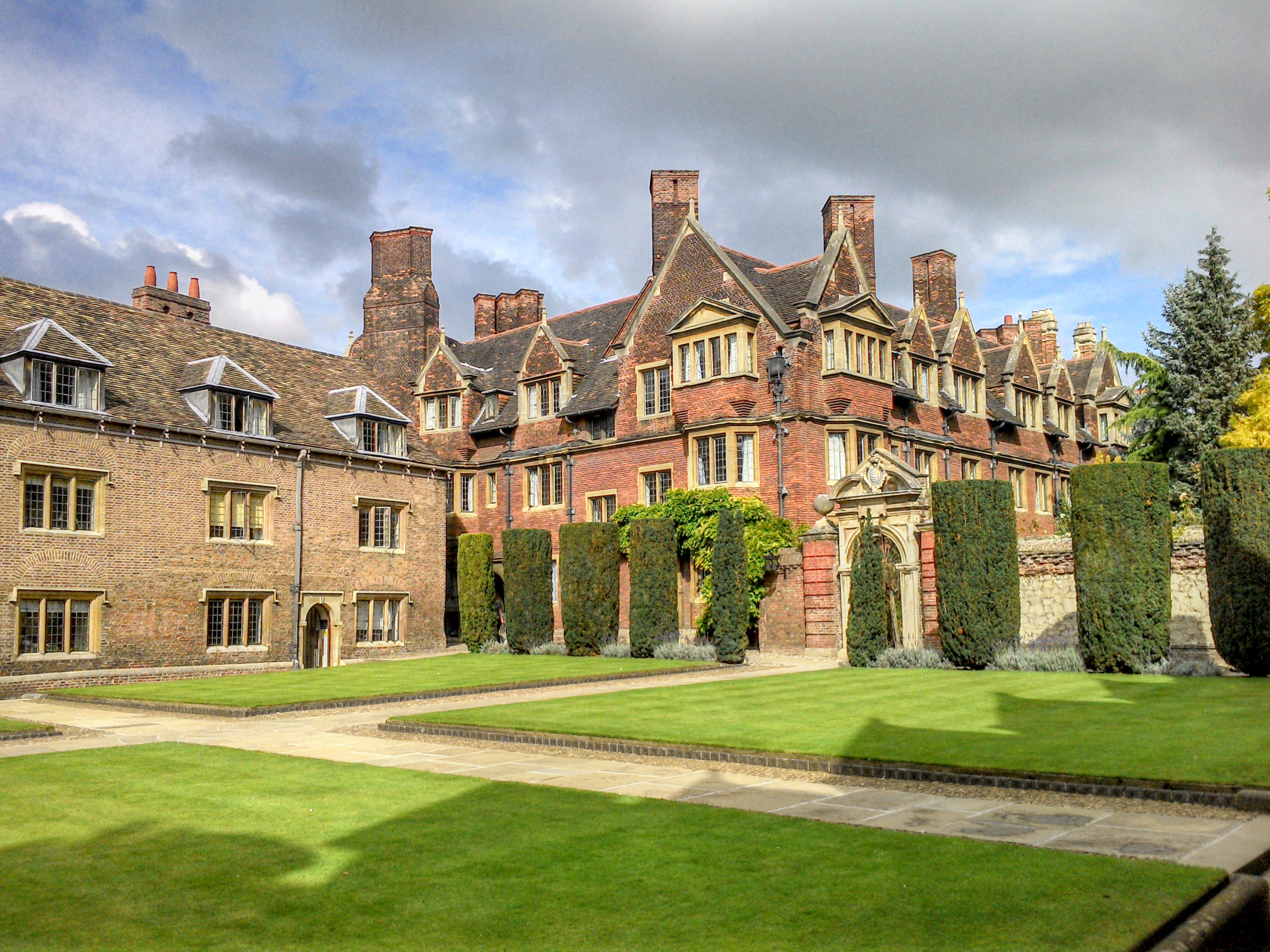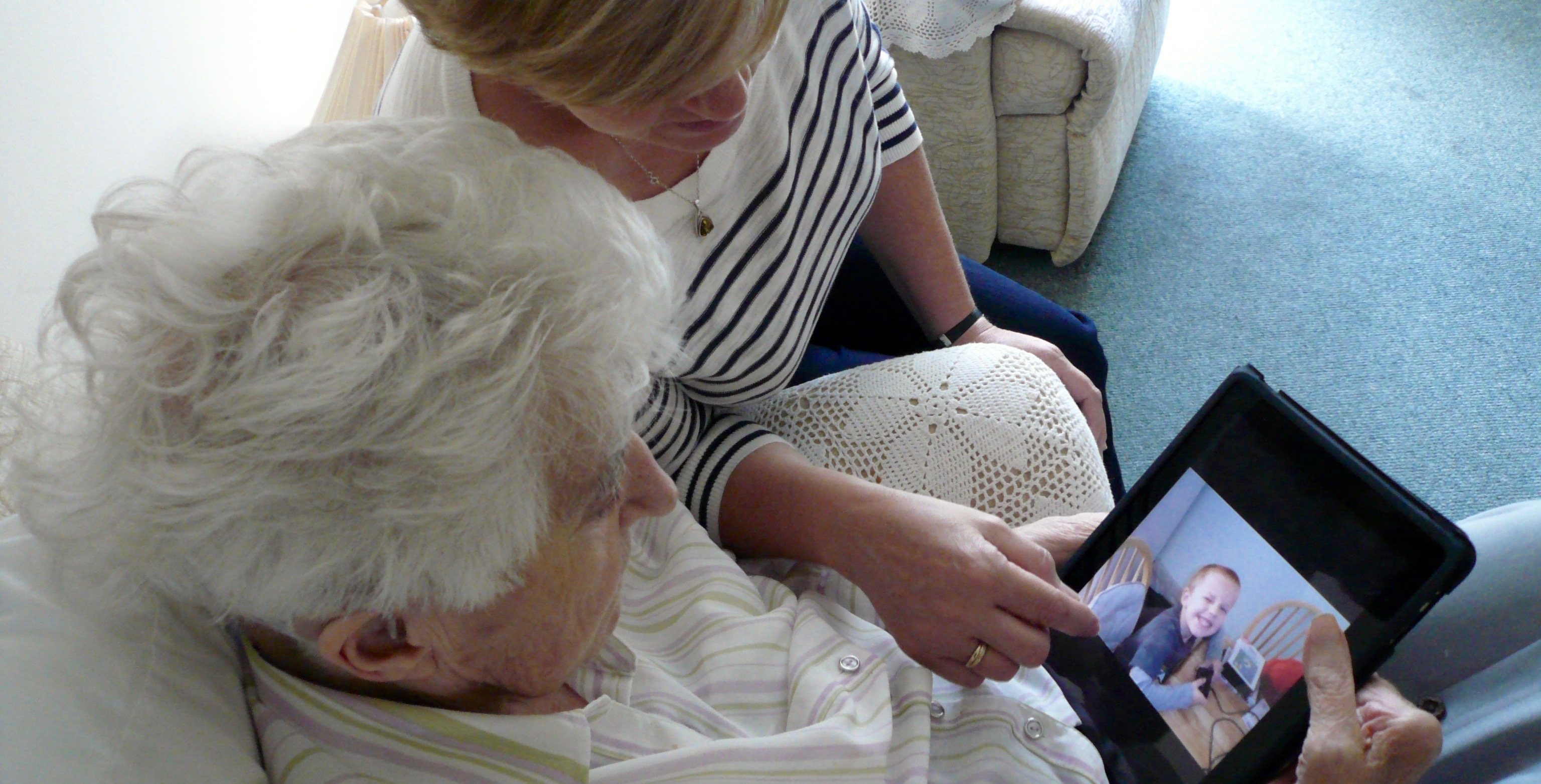A tremendous research challenge: How are people really using media and technology in their lives?
The opportunity to lead a really outstanding research project does not come along very often, and when it does you want to get a great team on it.
On a sunny morning in the fall of 2010, I was walking along Trumpington Street in Cambridge, near the Fitzwilliam Museum. As I walked my mobile phone rang, and when I answered it I was surprised to hear the voice of Gavin Patterson, the then CEO of BT Retail.
He asked if it would be possible to arrange a research project with the University of Cambridge to investigate how modern media, communications and technology were impacting families. I sat down on the steps of one of the houses in the street and we chatted further. Gavin went on, “wouldn’t it be great if we could not only look at this in the UK, but perhaps in the US and maybe China as well, as a comparison”. Hesitantly I asked, “When do you need this?”
“Could you do it in 3 or 4 months”, he asked. In the politest possible way I said no, but offered 6 months, which with hindsight was probably still more than a little ambitious. As we finished our conversation I agreed to chat to my university colleagues and to get back to him by the end of the day.
Luckily, on the other side of the road, a good friend, long time colleague and director of the Engineering Design Centre at Cambridge, John Clarkson, was in his office. I bought him a large strong coffee and put the project to him.
He agreed that it was a truly interesting project and together we hatched a plan that would include colleagues at MIT, new friends at Tsinghua and an old friend at Victoria University, Melbourne, with the project being led by two of John’s amazing young researchers, Anna Mieczakowski & Tanya Goldhaber.
Our reason for choosing MIT, Tsinghua, and Victoria for comparison with the UK was a combination of existing relationships coupled with the university home countries providing populations with different access histories and access methods. The US was ahead of the UK in the use of broadband by families, Australia was behind the UK in its rollout and use, and China was mainly mobile based, with the population having many years of mobile phone access to the Internet. These countries would give us an interesting view on the impact at different points in time, with access being cable/line in some locations and mobile in others.
Quick conversations with the various research groups gave us confidence that they would all participate and this enabled me to get back to CEO with a cautious yes.
When I chatted with Gavin again he asked that the research be presented in a form that it could be launched to the world’s press and media and that we work with one of BT’s PR companies on the final presentation, which would be at a London Venue the following summer. After a frenetic week of discussions a first draft project plan had been produced and all of the university teams had formally agreed to take part. In all of the countries there would be the need for “ethical approval” as the research involved families, but the teams were all confident that this would be granted quite quickly.
How on earth could we have moved this quickly? Two things had to exist.
1. Relationships between BT and the universities, that were built on mutual trust and understanding.
2. A really interesting research topic that all saw as useful and valuable in their respective universities.
Our next challenge was to produce a detailed scope and plan for the project such that it could be completed on time. It was crucial to ensure that the end date could be met as once the press and media event had been booked, (3 months prior to the launch date), it would be both embarrassing for BT and a poor reflection on the University of Cambridge, if it were to fail to deliver.
We decided that to make the project something that was deliverable, we would restrict the geographic areas examined in each country to those surrounding the chosen Universities. This would both cut down on travel time and allow the use of local recruitment agencies that the university teams knew and trusted.
In the US it was Boston/Cambridge, Massachusetts, in China, Beijing and in Australia, Melbourne. In the UK we chose the areas around and including London and Cambridge. Although these would clearly not be representative of their countries as a whole, they were at the same time key areas of broadband growth and use in each country, and would almost certainly produce interesting comparisons for the study.
To gather sufficient data and information it was arranged that Face-to-Face interviews, supported by participant diaries would be combined with on-line surveys. All of the incountry teams provided between 20 and 30 families, from diverse socio-economic groups, for the Face-to-Face interviews and enough on-line contacts to ensure between 1,000 and 1,200 successful surveys.
The two Cambridge researchers, with John Clarkson, took on the academic project lead. They themselves also carried out all of the family interviews in the UK at an early stage, so that they could test the questionnaires/materials they produced, before other teams used them. In the case the materials for the Chinese team, Anna and Tanya thoroughly tested them before they were translated into Mandarin. It is important to say here that both of the Cambridge researchers were absolutely exceptional and inspired those in the other countries, who they chatted to regularly using both Skype and audio conferencing. John Clarkson provided the overall academic project lead and his experience in usability and accessibility ensured that the final documents were of a very high quality and suitable for both international research communities and for the world’s press and media.
Lastly we realised that any existing research we would reference in our work, because of the current peer-review process, would probably be at least a year old and in this fast moving environment would possibly be out-dated. So we came up with a way to access the very latest thinking. To do this we interviewed the foremost thinkers in the academic world, in what we saw as key areas; Neuroscience, Psychology, Human-Computer Interaction, Computer Science, Behavioural Economics, Social Anthropology and Well-Being.
These people were all accessed either through personal contacts or via our University partners.
The research was published and printed in time for the press and media event on the 5th of July at the Design Council. All of the Cambridge team were media trained during the project and they enhanced the final event by carrying out multiple media interviews with local radio stations, on-line magazines and news publications.
Completing the research in four countries, analysing all of the data collected and producing a final set of reports, all within the original agreed time-scales and budgets, was a major success. However the real test of the final work was in how it was received by the client (BT Retail CEO) and the world’s press and media.
1. Prior to the event.
Gavin Patterson previewed the research at a meeting of his senior team a week before the London media event and he and his team were both pleased and impressed by the work that had been carried out. They agreed the final presentation format and a list of five recommendations for families on how they could achieve a healthy and balanced approach to their use of communications services. (This to be published on-line by BT)
2. On the day.
BBC “click” presenter, Spencer Kelly, led the London event, introducing Gavin and the University of Cambridge team. Spencer also mediated a press and media Q&A session with a panel representing all of the universities involved in the research.
3. Following the event.
The BBC ran major slots on both their premier “News at 6” programme and on the following day, their Breakfast TV programme. These were supported by an Interview with one of the UK research families by David Sillito, the BBC’s Media and Arts Correspondent.
https://www.bbc.co.uk/news/av/technology-14038864/study-finds-one-in-three-areoverwhelmed-by-new-technology
Globally there were over 200 news reports filed after the UK launch, including the US Washington Post and the UK’s Daily Telegraph, Daily Mail and Guardian.
A BT film crew interviewed both Gavin Patterson and some of the key researchers immediately after the London event, producing a short video summerising the key findings of the work.
https://www.youtube.com/watch?v=AO_EOm0TbPs
As something of a footnote, it is interesting to reflect that both of the young researchers who led the Cambridge project, Anna and Tanya, later moved onto roles in industry and have subsequently taken up senior/strategic roles where they lead on “innovation”.
At the beginning of this article I said that the opportunity to lead a really outstanding research project does not come along very often, and when it does you want to get a great team on it. BT’s long-term relationships with both Pembroke College and the Engineering Department at the University of Cambridge enabled BT to act quickly and to secure some truly outstanding people, both at Cambridge and in the other universities involved. Also the things that generally stop successful industry/academic collaborations had already been agreed between BT and the universities involved; intellectual property rights, publishing rights, copyright, ownership of documents, sponsorship of researchers, etc.
For the majority of industry players the ability to move quickly with investigations into the impact of new technologies and/or new ways of working is essential. This should ideally be carried out by people with both a track record of qualitative research rigor, and a history of research excellence (people generally found in universities). However without existing university relationships it will be virtually impossible to act with any immediacy. Negotiating just basic publishing and intellectual property arrangements will take considerable time and without the trust that can be established during a relationship, reacting quickly will be just not possible.
Therefore if an organisation sees in its future the need to conduct research quickly, utilising the very best people in the academic world, then building a relationship with a university will always be a wise investment of both their time and funding.
Hopefully this short piece illustrates that there can be tremendous value in industry working with academia on the key questions facing our society. That “value” can translate into tangible results for both parties, with those in academia having the opportunity to work on interesting and important topics, furthering their research agendas and producing research papers and books, and for those in industry, the ability to gain substantial strategic insight into the needs of their customers, a real win-win!
Summing up, industry successfully working with academia can be of major benefit to both parties, but ensuring that all of the commercial aspects of the relationship have been agreed, is essential in maximizing the value. Lastly the power of “trust” should never be underestimated, and this will come from an open and honest relationship between the partners, where much is shared.
The author:
Jeff Patmore was Head of BT’s Strategic University Research Programme from 2003 to 2011. Following 42 years at BT, he retired in late 2011 and joined Pembroke College at the University of Cambridge, where he acts as a mentor.
In order to read the research, which is presented in a variety of forms, please use either the links below or please navigate to the 'Downloads' section at the start of the article.
1. Interviews with experts:
https://www-edc.eng.cam.ac.uk/files/culturebook.pdf
2. Short form of the research:
https://www-edc.eng.cam.ac.uk/files/culturebookshort.pdf
3. The full research study:
https://www-edc.eng.cam.ac.uk/files/culturebooklong.pdf
Leading Image: The author says of the leading image, my wife, mother-in-law and great-nephew, helped in creating this when we could not find an image to successfully summarise the research in existing image libraries.

